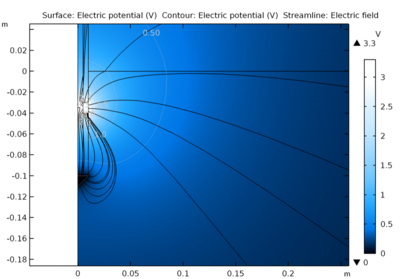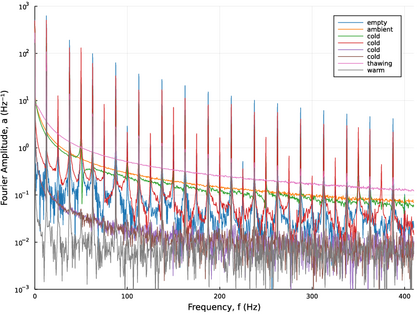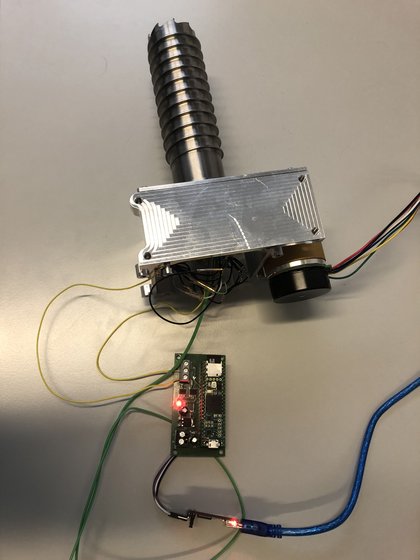Permittivity Sensors
Measuring regolith’s electrical permittivity is a promising technique to quickly determine the state and abundance of water in lunar regolith. Multiple missions to the Moon and other celestial bodies have used or intend to use permittivity sensors and the Technical University of Munich (TUM) is currently developing this measurement technique for several applications.
Developments
Within the scope of the development of these sensors we deal with
- Geometry optimization: The materials, shapes and structures of the sensors have a major influence on the measurements. Among other things, the sensors are optimized for weight, robustness, measurement accuracy and susceptibility to interference.
- Electronics development: The electronics, which are needed for the measurement, aim at a simple, robust system, which can be used on many mission architectures.
- Simulation: To predict the performance of the sensors, the processes are simulated with multi-physics software. The results are used both to improve designs and to correlate with experiments.
- Experimental analysis: Measurement data help to reduce uncertainties and show that the concept works. We consider the systems separately for calibration and as a whole as an end-to-end test.



Publications
- Trautner, R.; Reiss, P. & Kargl, G. A drill-integrated miniaturized device for detecting ice in lunar regolith: the PROSPECT permittivity sensor. Measurement Science and Technology, IOP Publishing, 2021, 32, 125117, doi: 10.1088/1361-6501/ac261a
- Gscheidle, C.; Reiss, P. (2022) Development of Permittivity Sensors for Lunar Water Prospecting, Lunar Polar Volatiles Conference 2022, ResearchGate
- Gscheidle, C.; Richter, L.; Sheridan, S.; Biswas, J. (2020) Determining Lunar Regolith Water Content Using Permittivity Measurements with the Lunar Volatiles Scout, European Lunar Symposium 2020, ResearchGate